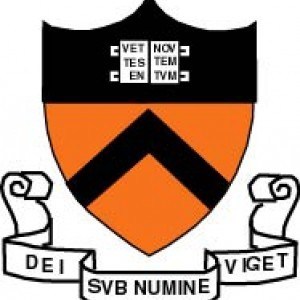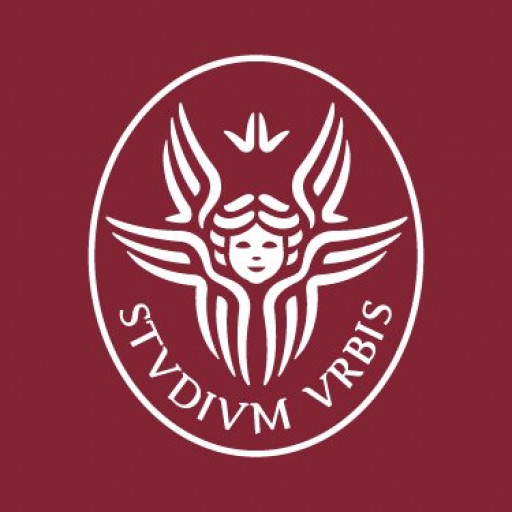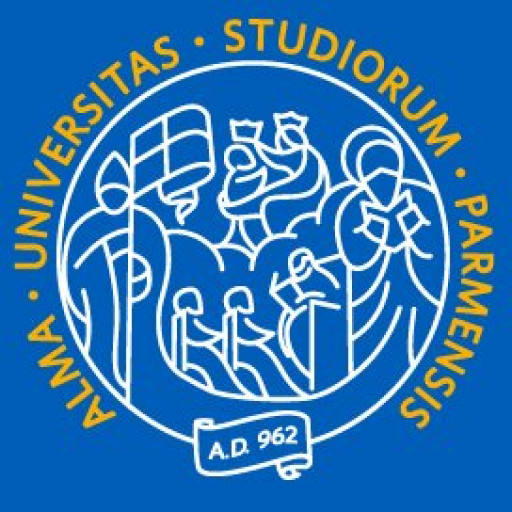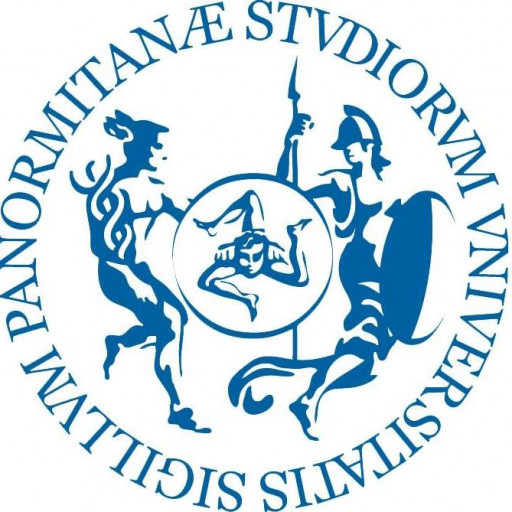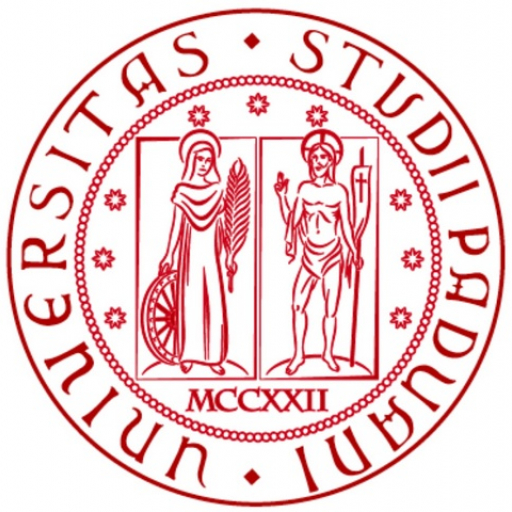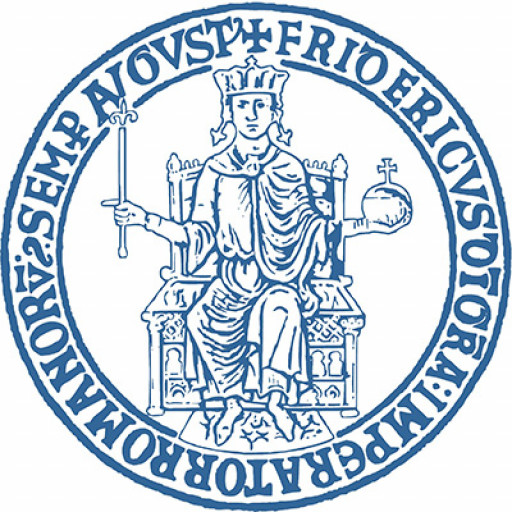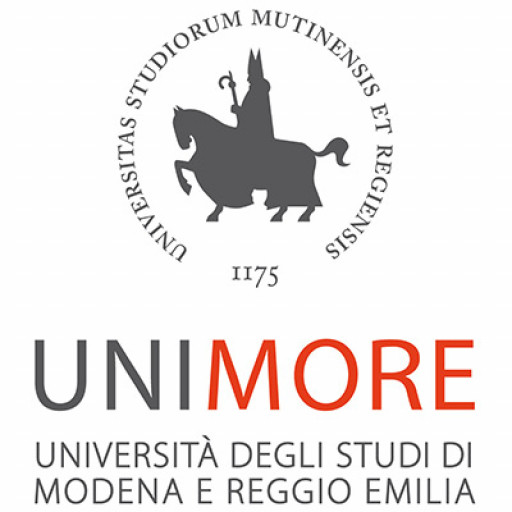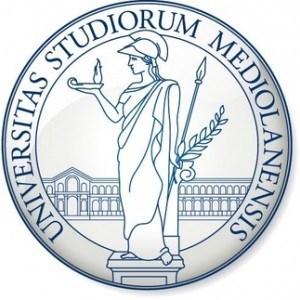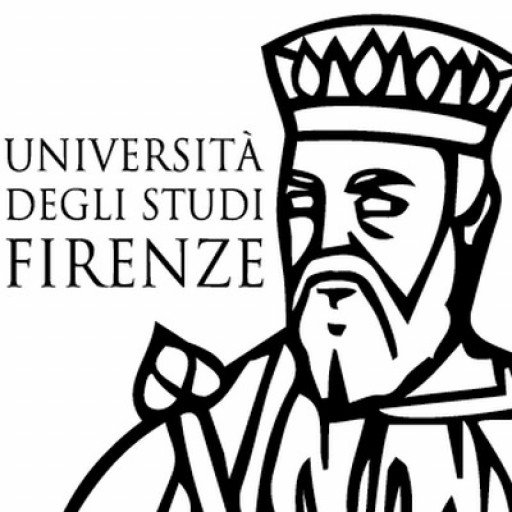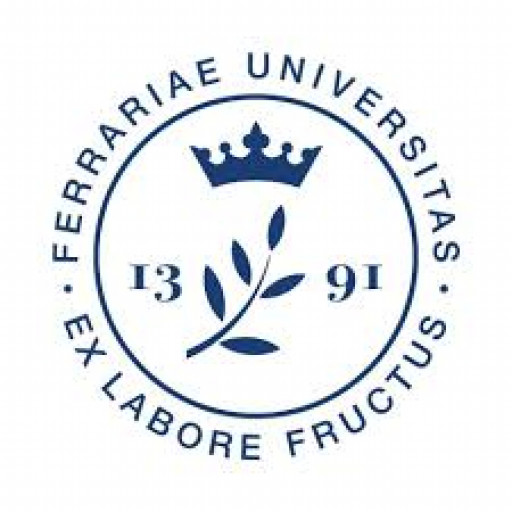Photos of university / #Princeton
The Princeton University Geosciences Program offers students a comprehensive and rigorous education in the Earth sciences, emphasizing both theoretical knowledge and practical skills. Through a multidisciplinary approach, the program explores the Earth's physical constitution, including its origins, structure, dynamics, and surface processes. Students engage with topics such as mineralogy, petrology, geochemistry, structural geology, volcanology, seismology, and climate science, providing a broad understanding of planetary systems. The curriculum is designed to cultivate critical thinking, analytical skills, and quantitative reasoning, preparing graduates for careers in research, environmental management, resource exploration, and policy-making. Research opportunities are abundant, allowing students to work alongside esteemed faculty on cutting-edge projects that advance our understanding of tectonic processes, climate change, natural hazards, and Earth history. The program also incorporates field trips, laboratory work, and computational modeling to give students hands-on experience and foster an appreciation for real-world applications of geoscientific knowledge. Students are encouraged to develop a global perspective on environmental issues, recognizing the interconnectedness of Earth's systems. The department's strong emphasis on interdisciplinary research bridges geosciences with related fields such as biology, chemistry, physics, and engineering. Graduates of the program are well-equipped to pursue advanced studies or enter professional fields where their expertise can contribute to sustainable development, hazard mitigation, and resource management. With a vibrant academic community, state-of-the-art facilities, and a commitment to academic excellence, Princeton's Geosciences Program offers an enriching environment for students passionate about understanding our dynamic planet.
The Geosciences program at Princeton University offers a comprehensive and interdisciplinary education designed to equip students with a deep understanding of the Earth's physical processes, materials, and history. The curriculum emphasizes the core scientific principles underlying earth systems, including mineralogy, petrology, structural geology, sedimentology, and geophysics, providing students with both theoretical knowledge and practical skills essential for research and applied work in the field. The program encourages critical thinking and analytical skills through laboratory work, field studies, and independent research projects, fostering a hands-on understanding of geological phenomena.
Students in the Geosciences program have access to state-of-the-art laboratories equipped for mineral analysis, geophysical measurements, and geological modeling, enabling them to undertake cutting-edge research. The curriculum integrates coursework in climate change, environmental geology, and natural resources, preparing graduates to address pressing global challenges such as sustainable resource management, natural hazard mitigation, and environmental conservation. Specialized seminars and workshops offered throughout the program facilitate exposure to current scientific debates and technological advancements.
Princeton’s faculty comprises renowned scholars whose research spans across various subfields, providing mentorship and fostering an academic environment of inquiry and innovation. The program also emphasizes fieldwork, with opportunities to participate in geological surveys and expeditions both locally and internationally, allowing students to apply their knowledge in real-world settings and develop valuable field skills.
Graduates of the Princeton Geosciences program are well-prepared for careers in academia, industry, government agencies, and environmental organizations. Many pursue further specialization through graduate studies, contributing to advancements in earth sciences. The program’s integration of theoretical foundations, practical training, and research opportunities ensures that students graduate as competent, resourceful geoscientists ready to tackle the complexities of Earth's systems and contribute meaningfully to society.
The undergraduate program in Geosciences at Princeton University encompasses a comprehensive curriculum designed to provide students with a deep understanding of Earth's physical structure, processes, and history. Students are required to complete core courses in mineralogy, petrology, sedimentology, structural geology, and geophysics to establish a strong foundation in the fundamental sciences relevant to Earth's systems. Elective courses allow students to explore specialized areas such as climate change, planetary geology, paleontology, geochemistry, and environmental science, enabling a multidisciplinary approach to studying the Earth.
The program emphasizes both theoretical knowledge and practical skills, requiring students to participate in laboratory work, field trips, and research projects. Students must engage in a significant research component, often culminating in a senior thesis, which involves original data collection, analysis, and interpretation under faculty supervision. Interdisciplinary courses integrating chemistry, physics, and biology are also encouraged to broaden students' perspectives.
Prerequisites for admission include strong performance in secondary school mathematics and science courses. To graduate with a Bachelor of Arts degree in Geosciences, students must accumulate a specified number of credits through required courses, electives, and research activities, ensuring a well-rounded education. The program promotes critical thinking, data analysis, and scientific communication skills, preparing graduates for careers in academia, industry, or public service related to Earth sciences. The faculty comprises renowned scientists actively involved in research, providing students with mentorship and networking opportunities critical for professional development.
The Princeton University Department of Geosciences offers a range of financing options to support students pursuing undergraduate and graduate degrees in geosciences. Undergraduate students benefit from the university's extensive financial aid program, including need-based grants, scholarships, and work-study opportunities. Princeton is committed to meeting 100% of demonstrated financial need for admitted students, ensuring that a high-quality education in geosciences is accessible regardless of financial background. The financial aid packages for undergraduates are primarily composed of grants that do not require repayment, supplemented by work opportunities on campus and sometimes limited student loans. Graduate students in the Department of Geosciences can access various funding sources, including university fellowships, research assistantships, teaching assistantships, and external grants. These fellowships and assistantships often cover tuition fees and provide stipends to assist with living expenses. Many graduate students are also encouraged to apply for external funding opportunities, such as grants from national agencies like the National Science Foundation (NSF) and other federal or private sources, which support research activities and travel expenses. Princeton's robust financial planning resources advise students on applying for these funding options and assist in securing suitable scholarships or fellowships relevant to their research interests in geosciences. The university's Office of Financial Aid provides personalized assistance and detailed information regarding application procedures, eligibility criteria, and deadlines. Additionally, the department facilitates a community of alumni and industry connections that sometimes lead to internship and employment opportunities, further supplementing student income and experience development during their studies. Overall, Princeton’s commitment to financial accessibility ensures that students in its Geosciences program are well-supported financially to focus on their research and academic excellence without undue concern over financial constraints.
The Department of Geosciences at Princeton University offers a comprehensive program focused on the study of the Earth, its composition, structure, processes, and history. The program emphasizes a multidisciplinary approach, integrating fields such as geology, geophysics, oceanography, and environmental science to provide students with a broad understanding of planetary systems. Students engaging in this program have the opportunity to participate in cutting-edge research facilitated by world-renowned faculty members who are leaders in their fields. The curriculum includes foundational courses in mineralogy, petrology, structural geology, seismology, and Earth systems, alongside advanced topics like climate change, planetary geology, and geodynamics.
Princeton’s geosciences students benefit from state-of-the-art laboratories, extensive fieldwork opportunities, and access to sophisticated geophysical instrumentation. The program encourages interdisciplinary collaboration, often involving partnerships with other departments such as Ecology and Evolutionary Biology, Physics, and Atmospheric and Oceanic Sciences, fostering a holistic understanding of planetary processes. Undergraduates are encouraged to undertake thesis projects, participate in field expeditions, and contribute to ongoing research efforts, often published in leading scientific journals.
The program also emphasizes undergraduate teaching and mentorship, preparing students for careers in academia, industry, or public policy related to Earth sciences. Graduates of the program have gone on to notable careers in research, environmental consultancy, government agencies, and further postgraduate study. Princeton's location provides unparalleled access to diverse geological formations and natural laboratories, enriching students' experiential learning. Overall, the program aims to equip students with both a solid scientific foundation and practical skills necessary to address complex Earth system challenges.
